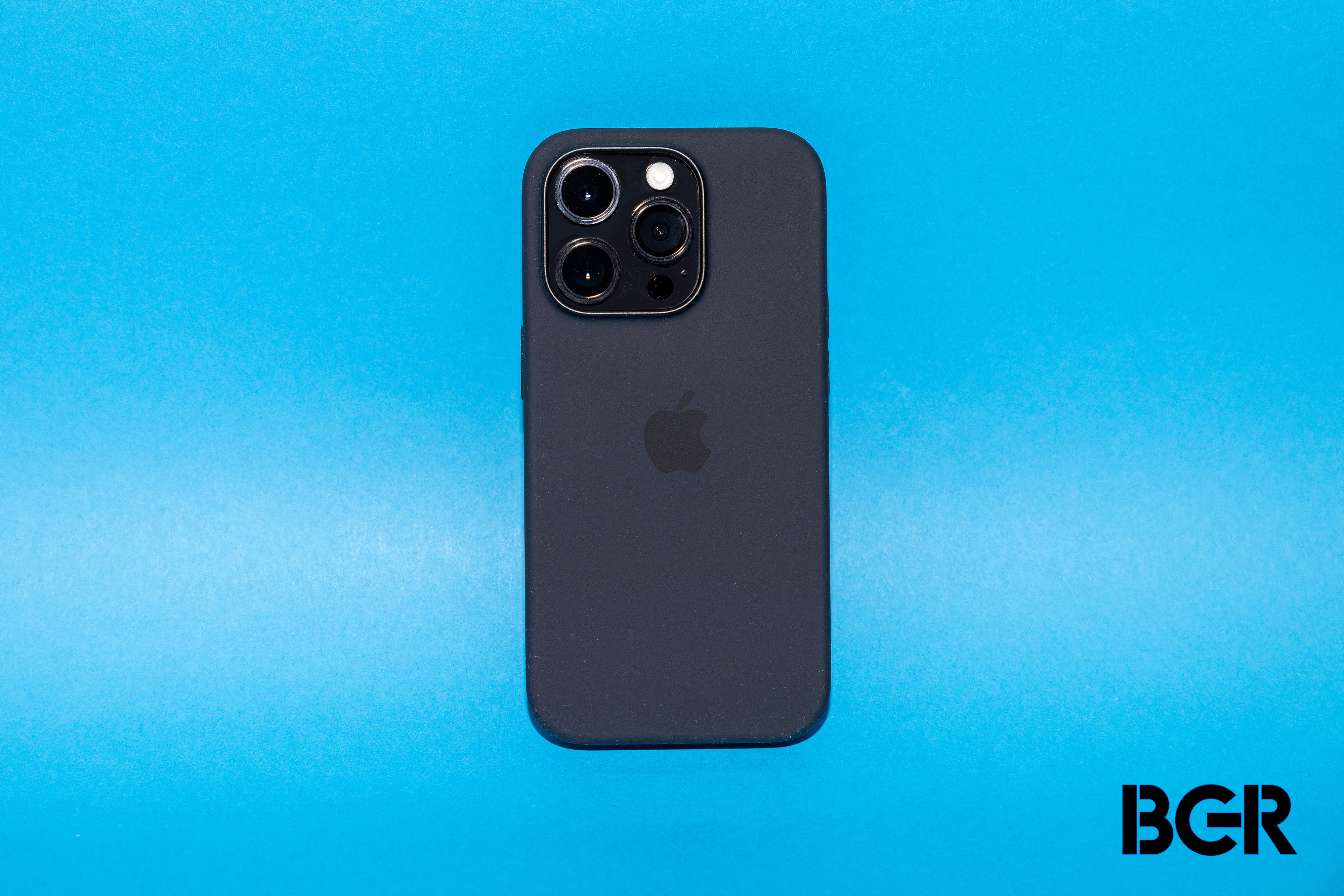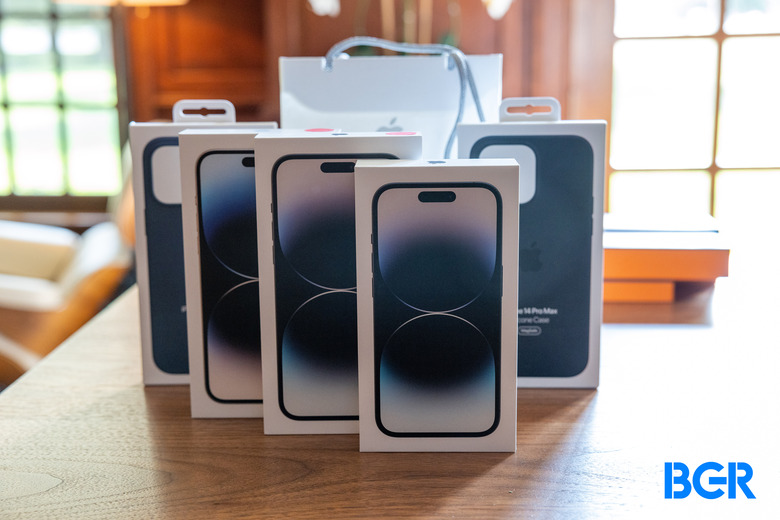This iPhone 14 Pro Max Drop Test Has Me Worried
The iPhone 14 series is out, featuring the four models Apple fans have been expecting. The Plus won't be available in stores for another few weeks, but the regular iPhone 14, iPhone 14 Pro, and iPhone 14 Pro Max are already in use worldwide. That means we've already learned a lot of iPhone 14 secrets from the various hands-on and review experiences out there. So it's time to check out a "standard" iPhone 14 Pro Max drop test to see how durable the new generation is.
Since the iPhone X, Apple has used glass sandwich designs for all of its iPhones. As a result, phones made of glass always risk sustaining front and back damage when accidentally dropped, and the iPhone 14 and iPhone 14 Pro models are no different. But unlike other years, the iPhone 14 Pro Max drop test you're about to see worries me.
The iPhone 14 models still feature Ceramic Shield glass on the front, which Apple labels as "tougher than any smartphone glass." The back glass is dual-ion glass, according to Apple.
Moreover, the iPhone 14 and Plus feature aerospace-grade aluminum, while the iPhone 14 Pro and Pro Max pack surgical-grade stainless steel.
The overall design is identical to the iPhone 12, which brought the first extensive iPhone redesign since the iPhone X in 2017. The flat screen and flat sides of the iPhone 12 improved the handset's durability. And indeed, iPhone 12 drop tests showed how durable the new phones were.
Glass can still crack, depending on several variables. Height, speed, angle of drop, and the landing surface all impact the outcome. The iPhone 12 can't survive every drop without the back or front shattering. But the glass did incredibly well in the standard test I was alluding to.

The iPhone 14 Pro Max drop test
That is PhoneBuff's drop test scenario that the YouTube channel has been using for years. We're looking at identical drop conditions for each iPhone generation. A machine drops the latest iPhone and Samsung phones from a specific height (1.5m or 5 feet). And the handsets land on the back, side, and screen in successive drops.
PhoneBuff's iPhone 14 Pro Max vs. Galaxy S22 Ultra drop test video is out, following the same recipe as in previous years. And the iPhone generally does better than the Ultra in these tests. But the iPhone 14 Pro Max's back glass cracked from the first drop. Moreover, the camera saw some damage in the process.
That's a worse experience than the iPhone 13 Pro Max and 12 Pro Max in PhoneBuff's previous testing.
What has changed since the original iPhone 12 design is the camera bump. The camera height and thickness grew on the iPhone 13 Pro Max. And the iPhone 14 Pro and Pro Max have even larger camera islands. That's great for photography. But this drop test indicates that the iPhone 14 Pro and iPhone 14 Pro Max might be more susceptible to accidental damage when dropped on the back.
As you can see in the video above, the iPhone 14 Pro Max's screen also shattered following a similar drop. Unlike in previous years, the YouTuber also tested an iPhone 14 Pro Max in a protective case. That unit saw no damage during the drops.
Great durability still needs protection
The conclusion is similar to previous years. Glass can break, so the iPhone 14 models might need screen protectors and cases.
Separately, YouTube channel JerryRigEverywhere confirmed what we already suspected. The iPhone 14 is quite durable when it comes to scratches and bending, so there aren't any worries there.
Repairing the iPhone 14 and Plus's cracked glass is easier than ever thanks to Apple's new internal design. But it still costs between $169 and $199 if you're not on AppleCare+.The iPhone 14 Pro and Pro Max rear glass repairs are even more expensive at $499 and $549.
AppleCare+ will reduce the glass replacement fee to $29. And Apple will now let you repair the broken glass as often as it happens.
Having the option of unlimited AppleCare+ repairs is excellent news. But the cheaper solution is using a case and screen protector combo for the iPhone 14 models. Moreover, iPhone 14 Pro and iPhone 14 Pro Max users might consider protectors for the rear camera module.
More Apple coverage: Check out the best Apple deals online right now.
